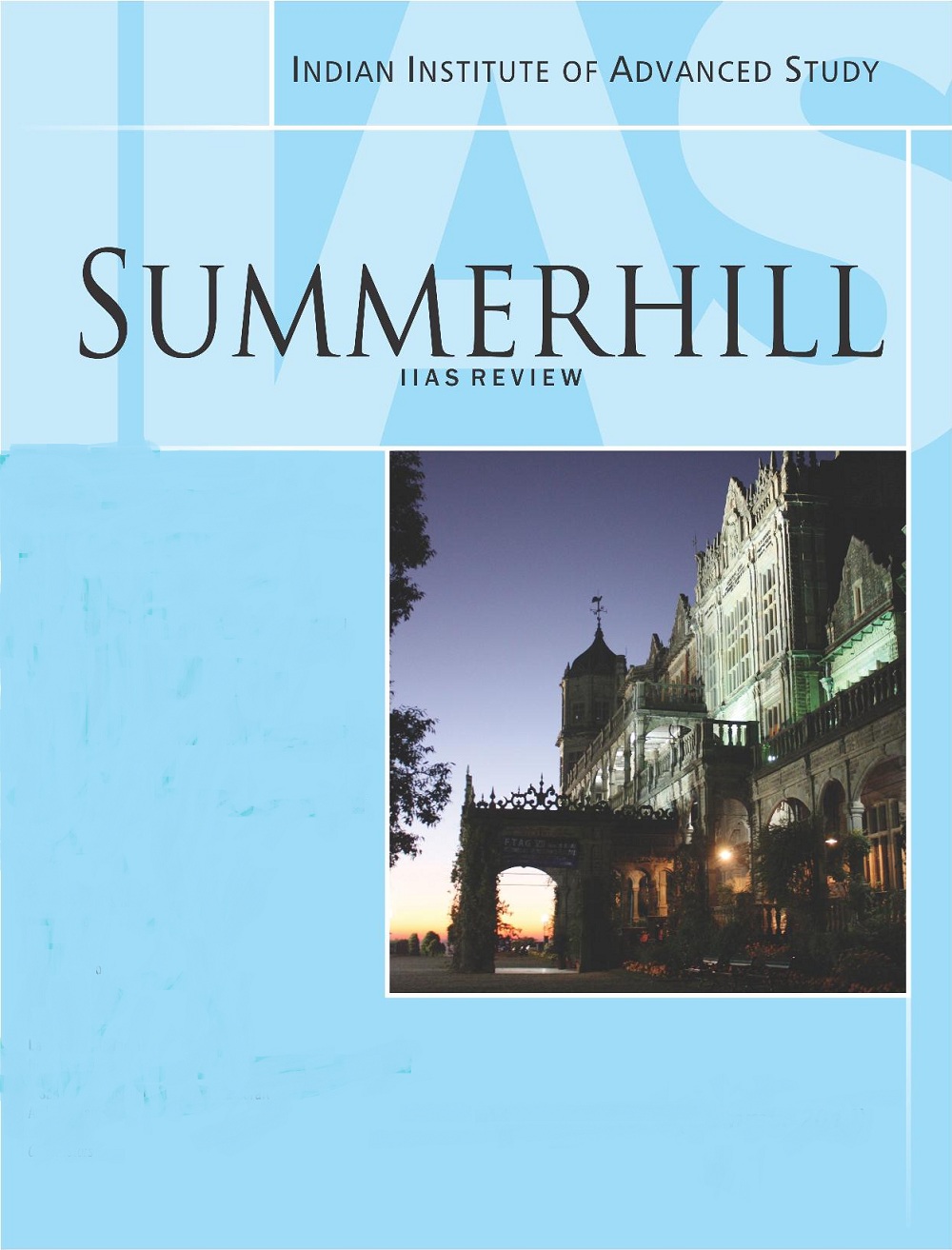Commerce and Culture
Dynamics of Trade, Traders and Trading Commodities in Urban Spaces of Pali Buddhist Jatakas
DOI:
https://doi.org/10.70752/ShIIASR.30.1.2024.92-99Keywords:
J?takas, Buddhism, Trading Commodities, TradersAbstract
The paper explores the intersection of commerce and culture as portrayed in the Pali Buddhist J?takas, focusing on the role of trade, traders, and trading commodities in early urban spaces of India. It highlights how Buddhist teachings were intertwined with social and economic certainties. The J?taka tales serve as a socio-cultural lens, juxtaposing Buddhist ethical principles with the materialistic pursuits of the lay community. They reflect the dynamics of trade, guilds, trade routes, and maritime commerce in early Indian history. The J?takas are a compilation of 547 tales narrating the Buddha’s past lives, organized into sections such as present and past stories, verses, and connections between characters. Historically rooted in oral traditions, they gained textual form between the 3rd century BCE and the 5th century CE. They blend folklore and Buddhist doctrine, offering insights into early India’s socio-economic and cultural conditions. Traders were central figures in the J?takas, often depicted as s?rthav?has who led organised caravans. Guilds were flexible organisations governed by their own rules, often involved in statecraft and policy making. Trade encompassed commodities like textiles, jewels, and spices, with ethical restrictions on trading weapons, humans, and intoxicants. The paper describes that the trade occurred through well-maintained land and sea routes, connecting urban centres like Varanasi to regions as far as Southeast Asia and the Persian Gulf. Accounts depict challenges such as robbers, wild animals, and natural obstacles, highlighting the role of guilds and tribal guides in ensuring safety. Trade employed coins and barter systems and collateral-based transactions. Guilds played a significant role in financial operations,





